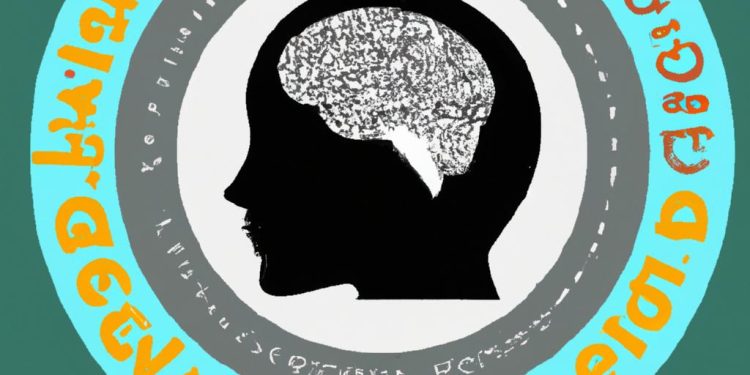As we gently unroll the intricately woven carpet of our educational journey, we find ourselves at the crossroads along the path of cognition and emotions. In fact, when one foot is in cognitive “hard skills” and another is testing the softer waters of Social and Emotional Learning (SEL), we understand that the equilibrium of both underpins a truly effective education. From this viewpoint, we delve into “Mindful Education: Integrating SEL into the Curriculum.” This revolutionary concept unearths the significance of intertwining the threads of mindfulness, emotional fluency, and social awareness into the brightly hued tapestry of our curricula. Picture it as a simultaneous journey inward and outward, a oscillating pendulum between self and society, which ultimately opens up a new vista in the educational realm – a vista that is teeming with emotional intelligence, empathy, resilience, and most crucially, holistic learners. Welcome, to the revolution of mindful education. Mindful education represents an effective way to bridge the academic gap by prioritizing social-emotional learning (SEL) in classrooms. The integration of SEL triggers a transformative change in learning environments, fostering empathy, resilience, communication skills, and self-awareness among students. These skills are as vital as academic proficiency, making SEL a strategy to create well-rounded learners ready to navigate the complexities of the 21st century.
To weave SEL seamlessly into the curriculum, educators are advised to adhere to a number of strategies.
- Embedding SEL in existing lessons: Teachers don’t have to start from scratch. They can incorporate components of SEL in topics they already teach. This method reduces workload and ensures a smooth transition.
- Collaborative projects: Encourage group-based assignments to promote cooperation, mutual respect, and communication among peers.
- Promoting reflective practices: Encourage students to reflect on their actions, emotions, and how these affect themselves and others. Such practices enhance self-awareness and emotional management.
- Modeling SEL competencies: Educators should serve as role models for students, demonstrating SEL competencies in their interactions.
Integrating mindful education in the curriculum isn’t without its hurdles. Stakeholders may lament the shift in focus from strictly academic content to a more holistic approach. Others worry about finding time in an already crammed curriculum. To navigate these challenges, advocates of SEL should focus on communication and training. Clear explanations of the benefits of SEL and providing suitable professional development for teachers on how to integrate it effectively, can help mitigate these challenges.
As illustrated in the following table, you’ll see the major challenges and their possible solutions in implementation of mindful education:
| Challenges | Solutions |
| Resistance to change | Articulation of SEL benefits to stakeholders |
| Lack of time | Incorporation of SEL in existing curriculum topics |
| Limited teacher training | Professional development opportunities |
Integrating SEL into the curriculum is a journey rather than a destination. With consistent efforts and strategic planning, we can transform our classrooms into safe, nurturing environments that not only foster academic excellence, but also cultivate emotional intelligence in our students. As we close this chapter on mindful education and integrating SEL into the curriculum, we leave you pondering upon this new horizon of possibilities. A classroom—no, an entire education system—imbued with empathy, resilience, self-awareness and the nexus of positive interpersonal skills. Consider it a shift from syllabus-laden, rote learning methods to a tranquil landscape of thoughtfulness and nurtured mental well-being. The integration of SEL into the curriculum is but the dawn of this paradigm shift, standing at the precipice of a more mindful educational environment, one where students don’t just learn about the world, but also about themselves. So, as educators, let’s put our mindfulness hats on, inspire curiosity, foster introspection and create an empathic and emotionally healthy generation—the architects of a better, kinder world.




